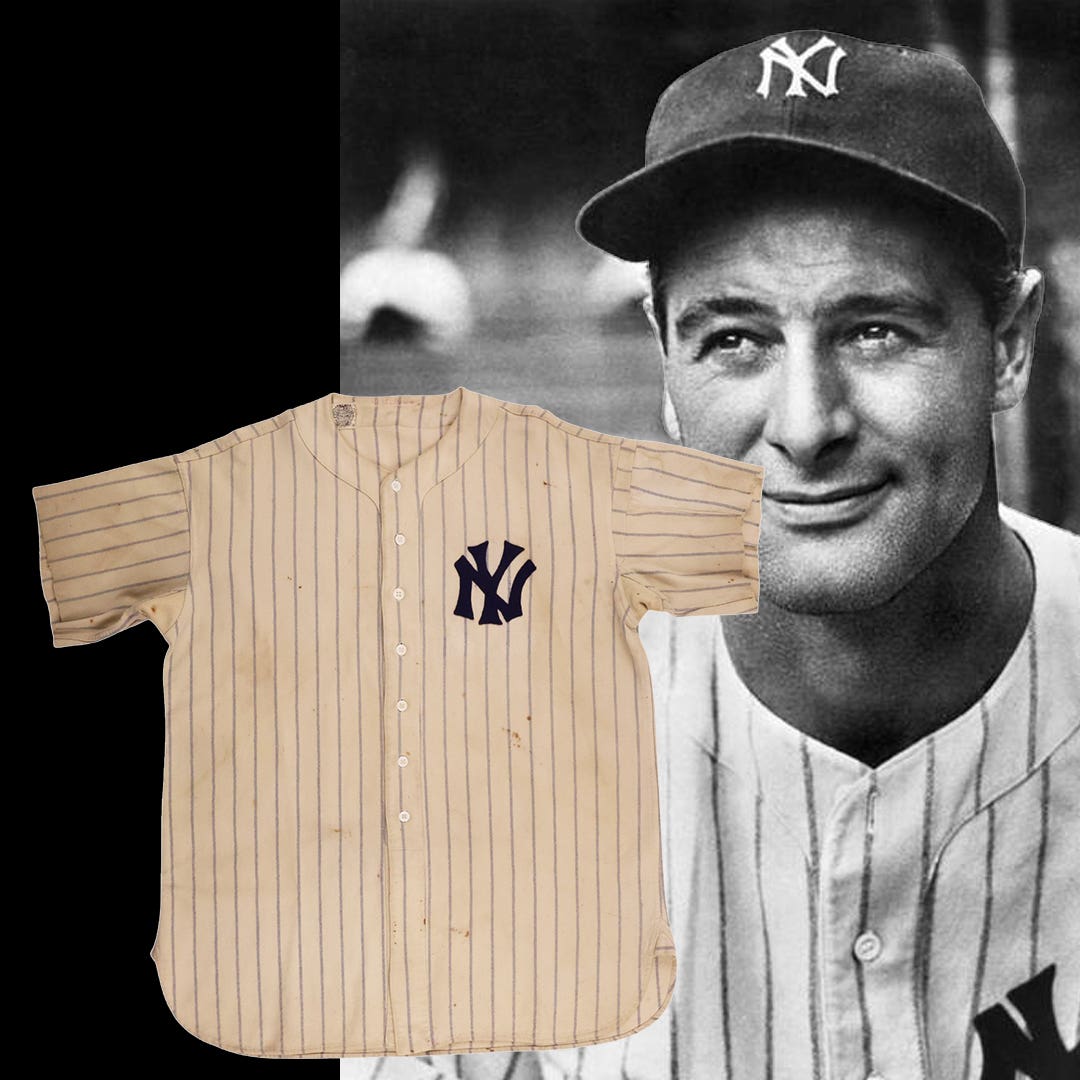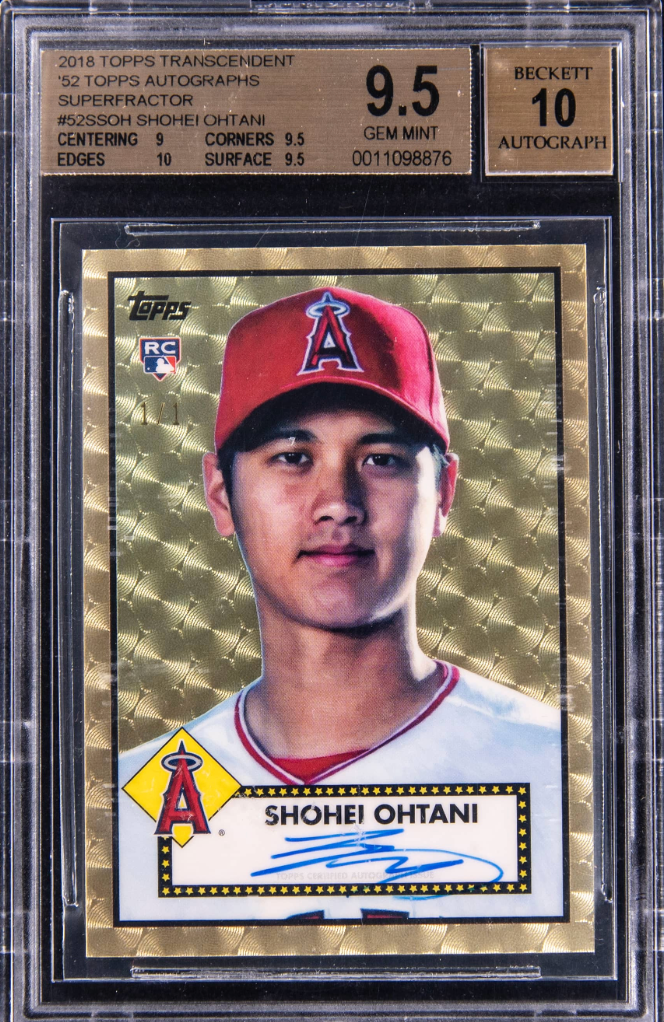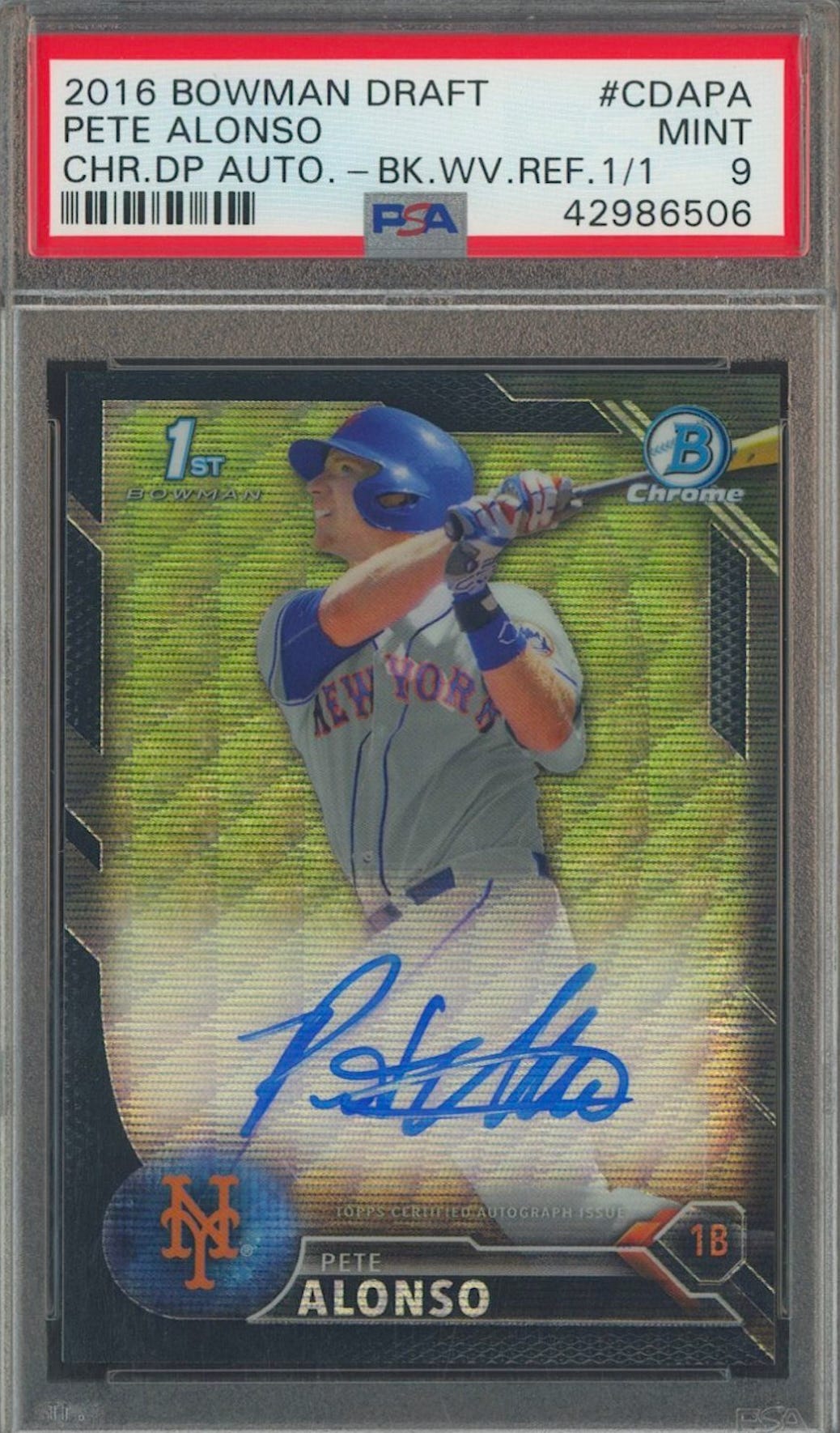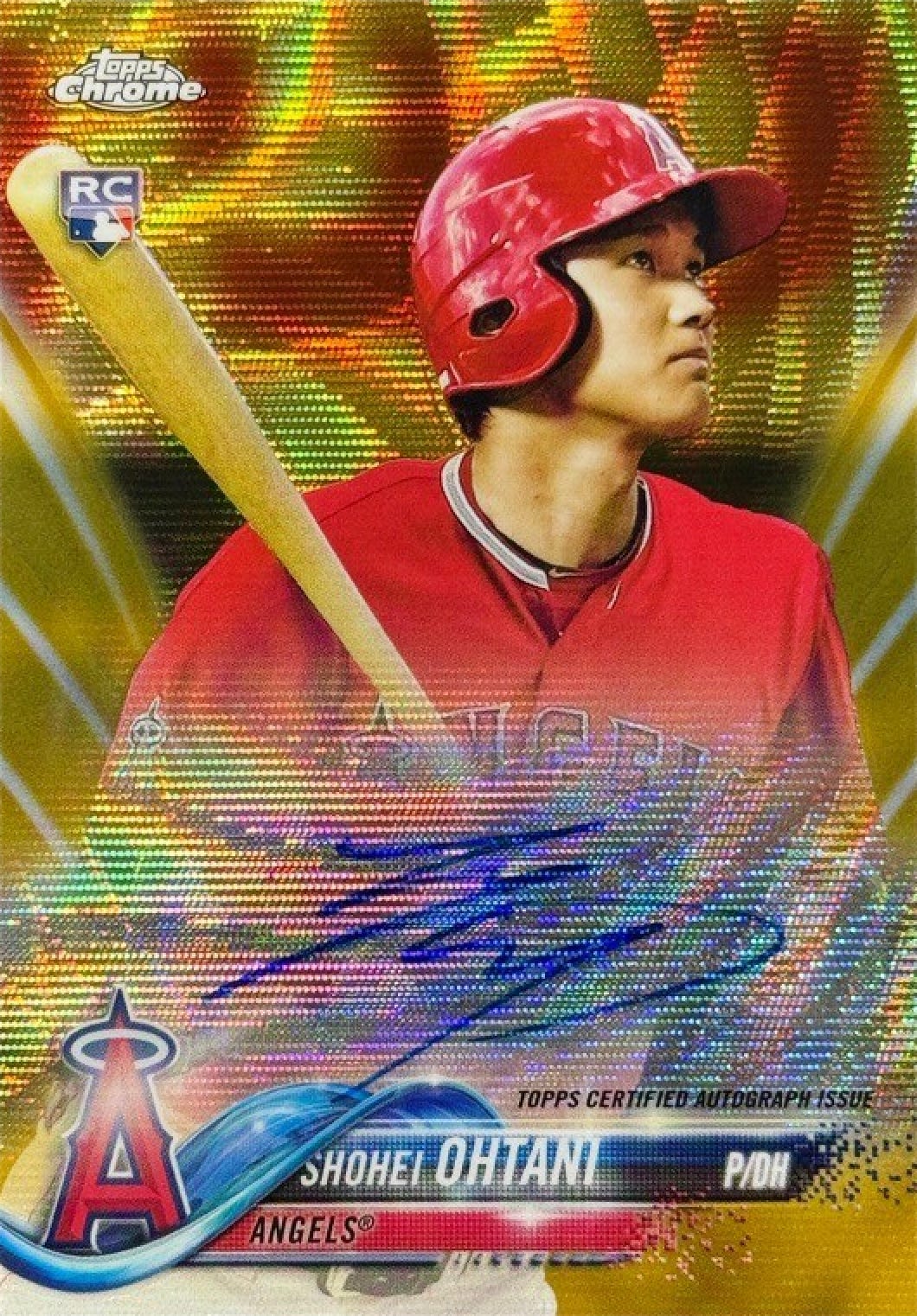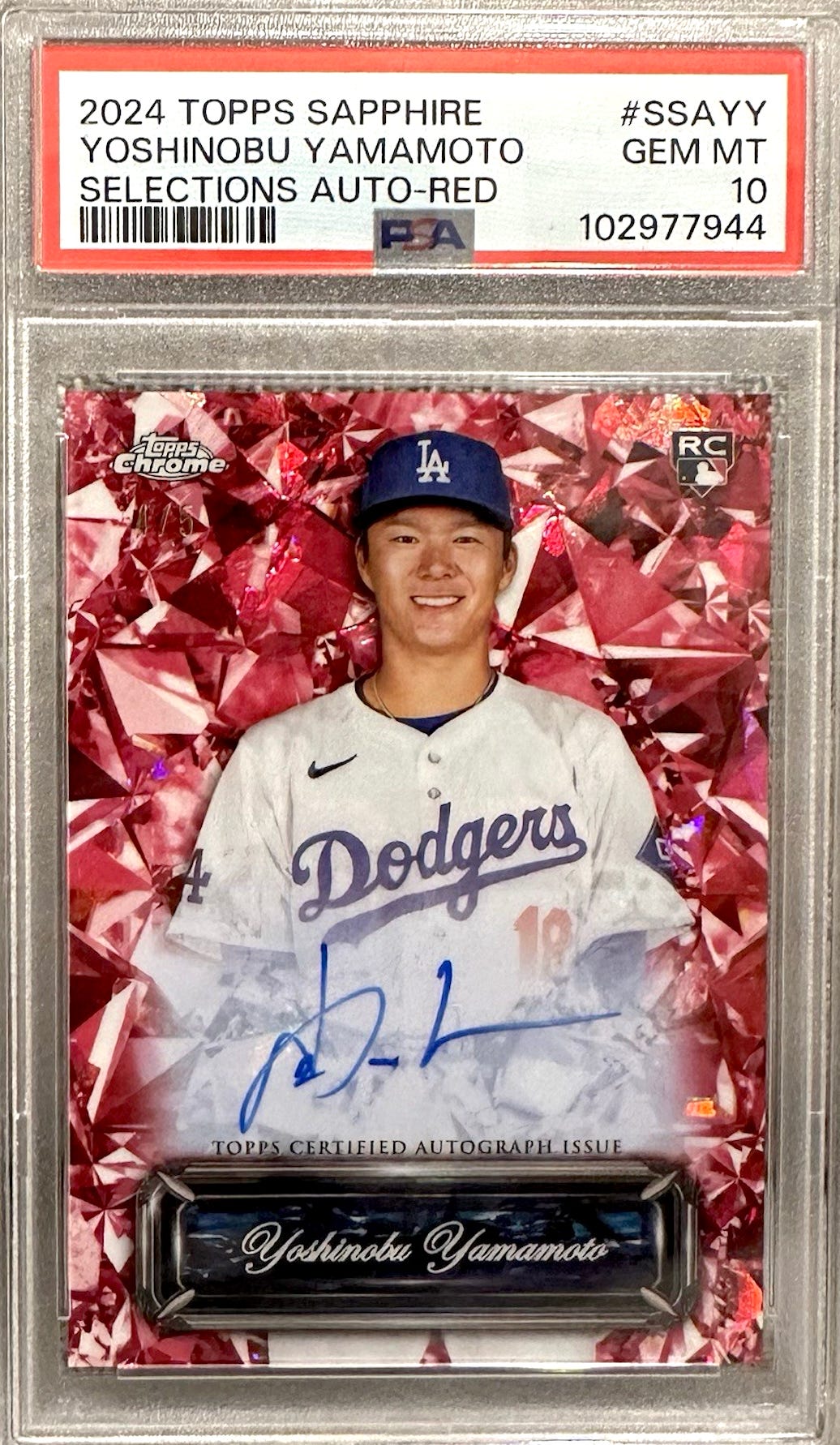Cards
I got hosed buying a 1955 Topps Snider …
A little more than 20 years ago, I was working on putting together an Ex-Mt to Nr-Mt 1955 Topps set when I got hosed buying the Duke Snider card from the issue.
That’s hardly news, since just being active in the hobby to virtually any degree at all means that sooner or later you are going to get clipped, but I mention it now in the context of all the online shenanigans that take place with such disturbing regularity.
Back in 1989 or so when my turn came, third-party grading wasn’t really an issue and the Internet was still a ways off in the future. I was set up at a mall show in suburban Philadelphia, and a collector came in offered me the card.
With the kind of horrible lighting that you can find in that setting, I ended up paying a Nr-Mt price for a pristine-looking Snider card that had a huge crease that was significant – and even visible – only if you tilted the card to a certain angle ... and then only in good light.
The guy scurried off into the night well before I spotted my mistake. The presumption is – and the tone and context of the transaction suggests – that this was not an innocent mistake.
And so I still have a swell 1955 Topps Duke Snider that presents like a Nr-Mt card but obviously is several grades south of that due to the nasty crease. For some reason or other, I’ve had no luck selling the card over the last 20 years .... seems like when I point out the crease they lose interest.
What prompted me to recall that gruesome event was a couple of online postings that I saw recently that just made me shake my head. In one, a 1952 Topps Mickey Mantle card that even the seller theorized was “probably a reprint” somehow managed to get 25 bids in an eBay auction en route to a final selling price of $250; in the second, a 1954 Topps Aaron rookie of dubious heritage was bid all the way up above $900 despite serious concerns about its legitimacy.
The 1952 Mantle card gave me a chuckle, since the question about its bona fides seems to have been addressed by the seller, however circuitously. The eBay listing description says something to the effect of:
This card must be considered a reprint, as I do not know the originality of this card. I received this card from my grandfather many years ago and because it’s in such good condition I feel it must be a reprint.
So the seller’s off the hook for doing anything nefarious, but I can’t help but wonder about the buyer who apparently ponied up $250 for the privilege of buying a reprint. Geeez!
The Aaron rookie is more problematic, with the prevailing opinion in the Network54 online postings that the card was off kilter even in spite of it being in a third-party holder. I should add that there’s no suggestion that the “problem” lies with the grader, but rather that someone might have fiddled with the slab in some fashion.
When I looked at it, the front of the card with Aaron’s portrait seemed too dark and muddy, as if the card had been produced from rescanning a card and thus making the printing another full generation removed and thus less clear and vivid.
But what startled me here was the card reached $900-plus but still didn’t meet its reserve. If indeed there was something amiss, you would have thought a seller would be happy to snag that price for an ersatz card, or in the event the card was legit, $900 would have still been right in line for a PSA 6 version of the Aaron rookie.
I’ve clearly still got a lot to learn about this hobby. At the very least, I’ve got to concede that I’m not familiar enough with all this online stuff to be able to feel comfortable about determining a card’s bona fides unless I actually get to hold it in my hand.
How quaint.
(471)



